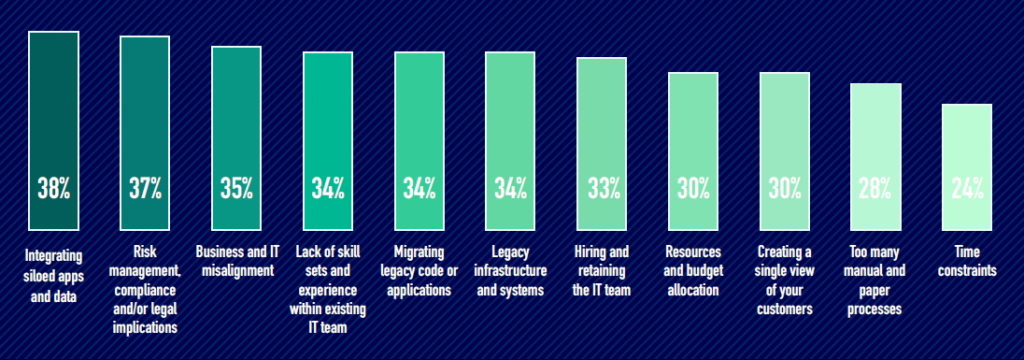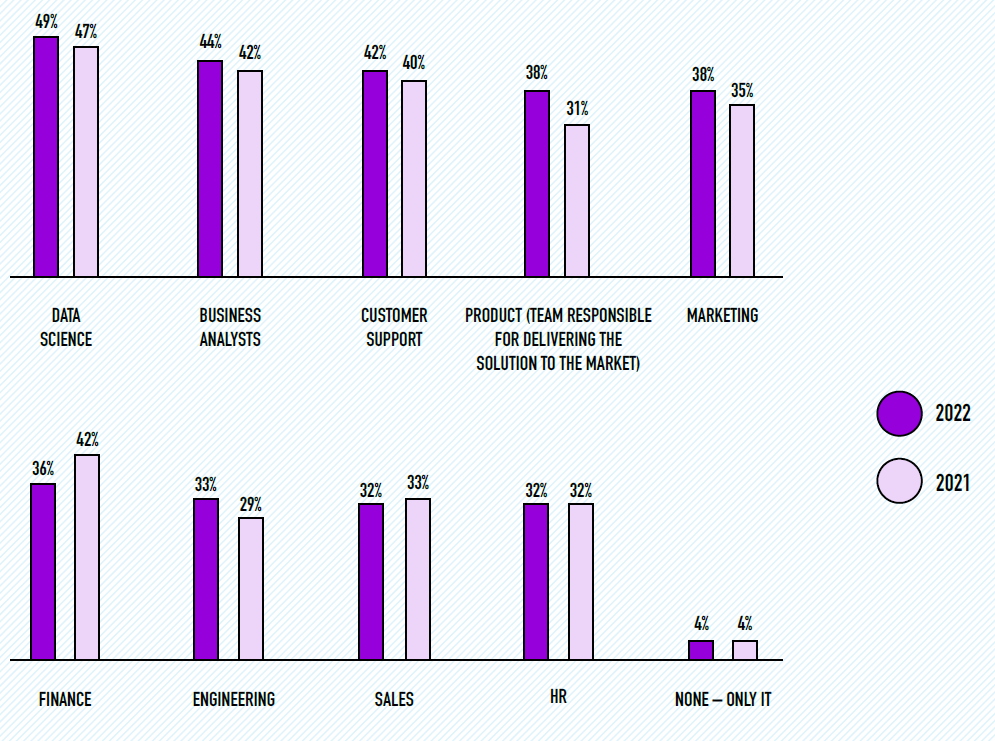MuleSoft’s 2022 Connectivity Benchmark Report revealed that more than 70% of customer interactions in APAC are now digital. However, only 30% of IT decision-makers (ITDM) in the region say they have managed to provide a fully integrated end-user experience across various channels and touchpoints.

As digitalisation accelerates, APAC organisations could lose on average more than US$6 million in lost revenue if they fail to successfully complete digital transformation initiatives, according to the ITDMs polled.
Brian Kealey, area vice president, Asia at MuleSoft, noted that siloed applications and data continue to hinder customer experience and digital transformation — and it is now costing businesses millions of dollars per year.
“To continue driving growth in the post-pandemic digital economy, companies need to be able to easily integrate a growing number of apps and data sources to automate their business and create seamless digital experiences for their customers,” he added.
Seamless user experiences
Applications are at the centre of digital transformation and efforts to enhance the user experience. On average, APAC organisations are using 1,020 individual applications such as marketing, finance, and cloud – higher than the US and Europe regions. Yet only 28% of these applications are integrated on average, indicating there is still an enormous opportunity to improve connected user experiences.
MuleSoft’s report indicates that:
- Creating connected user experiences has become increasingly difficult: 54% of APAC organisations said they find it difficult to integrate user experiences, highlighting the complexity for companies to meet their customers' digital needs.
- Overcoming security and governance challenges is a hurdle: Security and governance (50%) was cited as the biggest challenge to integrating user experiences, ahead of an inability to keep up with ever-changing processes, tools, and systems (48%) and lack of internal knowledge (47%).
- Integrating user experience delivers business benefits: Of the APAC organisations that have integrated user experiences, more than half said it had increased customer engagement (55%). Other benefits realized included greater ROI (54%), improved innovation (53%), and better visibility into operations (52%).
Persistent integration challenges

Source: 2022 Connectivity Benchmark Report, Mulesoft
94% of APAC organisations polled said data silos remain a significant barrier to creating integrated user experiences. The report shows:
- Integration headaches: The biggest challenges to digital transformation are integrating siloed apps and data (48%), business and IT misalignment (41%) and risk management, compliance and/or legal implications (40%). 92% of respondents in APAC said such integration challenges continue to slow digital transformation initiatives.
- Too much is being spent on custom integration: In their efforts to integrate apps and data from across the enterprise, APAC organisations appear to be focusing more resources in the wrong areas, such as custom integration. As a result, they are increasing their technical debt. On average, organisations spent US$3.69 million* on custom integration labour in the last 12 months – or 39% of their total IT labour resources.
- IT budgets are up, but demand is up: 84% of APAC organisations said IT budgets have increased year on year. At the same time, the number of projects IT is asked to deliver increased by 42% on average. Despite the extra budget, IT is finding it difficult to meet the demands of the business. On average, 45% of projects weren’t delivered on time over the past 12 months.

Source: 2022 Connectivity Benchmark Report, Mulesoft
APIs to drive digital transformation and revenue
Despite these integration challenges, 99% of APAC organisations use APIs. By using APIs to connect data and applications, organisations can digitally transform in a more sustainable manner and accelerate business success. The report indicates:
- A top-down integration and API strategy: 93% of APAC organisations now have a clear integration and API strategy. Additionally, 25% said leaders now mandate that all projects abide by a company-wide API integration strategy.
- Reuse is on the rise: Organisations are increasingly creating and using reusable IT assets and APIs to create new experiences and accelerate projects, rather than building from scratch each time. On average, 48% of APAC organisations’ internal software assets and components are available for developers to reuse.
- Empowerment of business users: Enabling non-technical users to harness low-code tools to drive their own automation and digital transformation projects can take huge pressure off IT teams. 52% of APAC organisations now have a ‘very mature’ or ‘mature’ strategy to empower these users to integrate apps and data sources powered by APIs.
- APIs drive revenue: 38% of APAC organisations said they have experienced revenue growth as a direct result of leveraging APIs.

“Digital agility is essential to successful transformation, allowing organisations to drive innovation at scale, deliver new initiatives faster, and create the experiences that customers want,” said Kurt Anderson, managing director and API transformation leader, Deloitte Consulting LLP.
He opined that a modern strategy that combines integration, API management, and automation is central to achieving digital agility. “It enables organisations to easily connect and integrate their data, applications, and devices to create new digital capabilities and drive transformation projects,” he commented.





